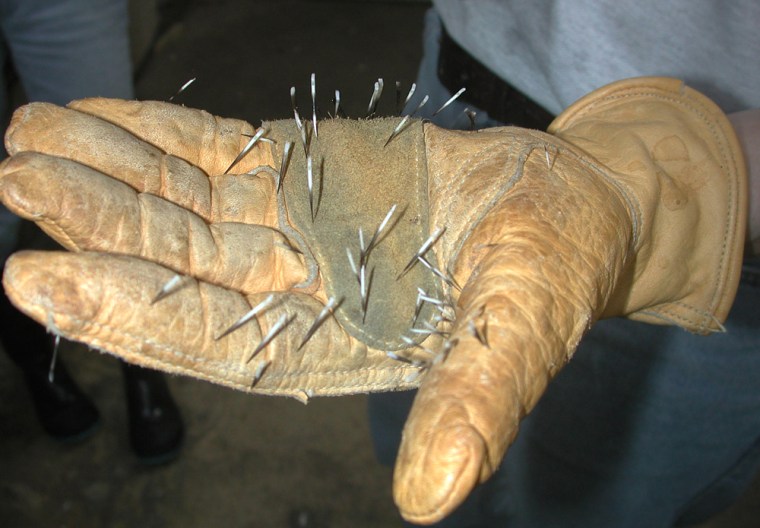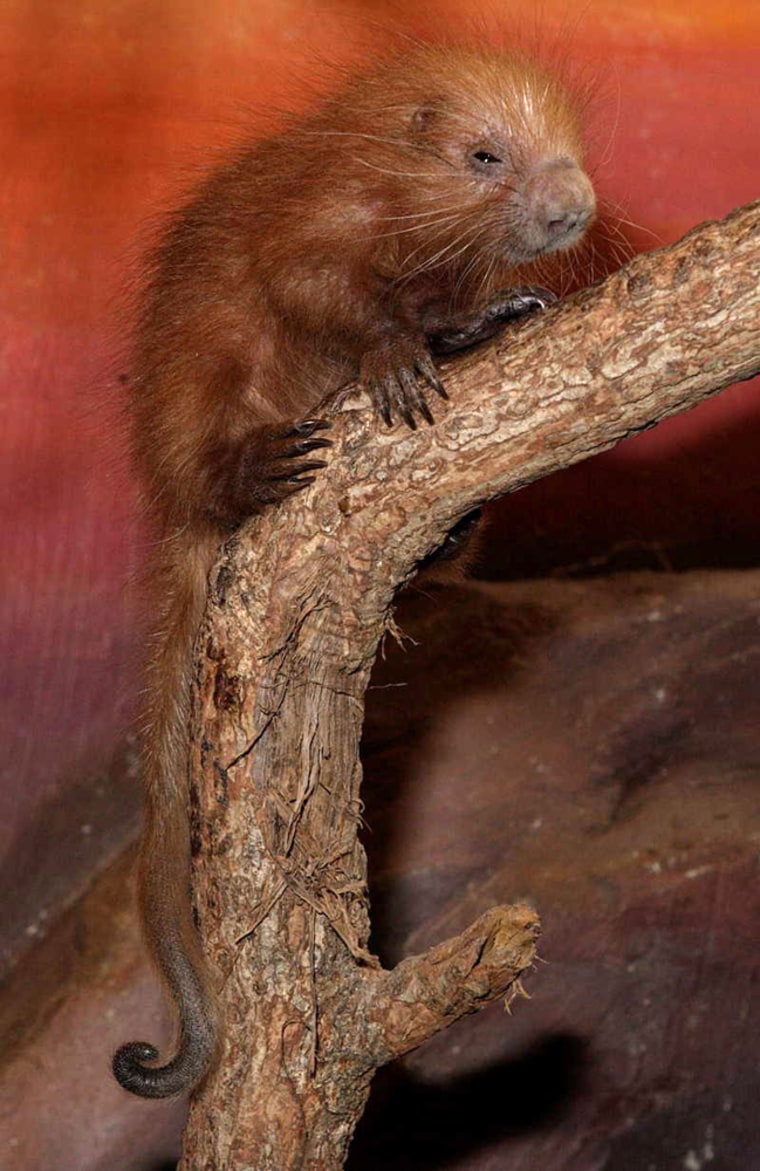When the new baby is a porcupine, figuring out if it’s a male or female can create a prickly situation.
For the experts at the National Zoo, that’s precisely the point. Scientists at the zoo said Tuesday they have been able to determine their new arrival’s gender from the DNA in its quills, and that could be a first.
Because a porcupine’s sexual organs are internal, it can take up to six weeks before the gender is known. But the new test did the trick in about a week, zoo officials said.
Turns out the young porcupine is a female.
The quills were left in special gloves used to handle the animal, and it doesn’t hurt the porcupine or the person touching it, said zoo spokeswoman Peper Long. Porcupines use the quills as a defense mechanism and can deposit the barbs into anything that gets too close.

While there are other ways to determine gender, such as fecal samples, scientists wondered if the quills, like hair, could provide the information. The DNA was extracted from small tissue samples taken from the quill’s follicle. It was then amplified and analyzed.
“The results on the computer screen were so clear I felt like high-fiving everyone,” said Andrew Rivara, a lab assistant to geneticist Dr. Jess Maldonato, who had recognized similarities between a porcupine quill and a strand of hair.
The new process enables scientists to learn more about animal physiology and even behavior in some cases, conducting research before it’s too late through noninvasive methods, said Long.
Studying species when they’re not endangered is “the most important time to care about our animals,” said Long. The quill DNA research “gives us another tool in our conservation toolbox.”
